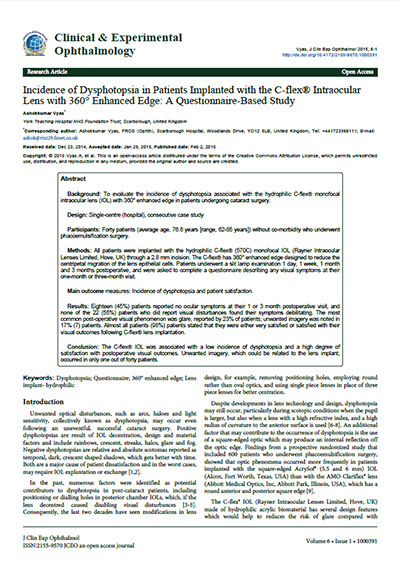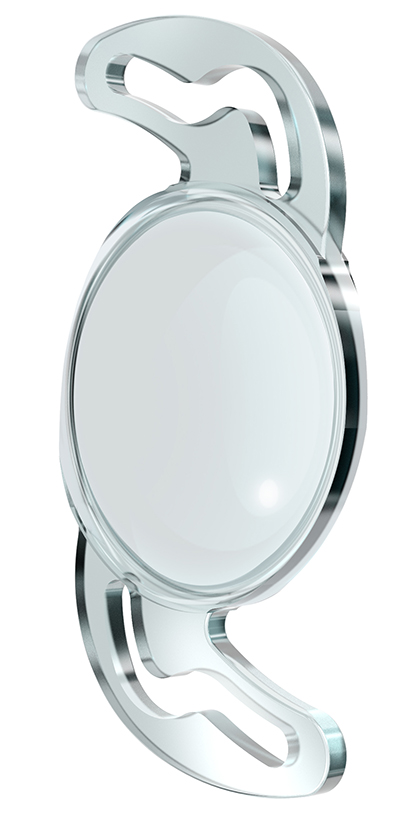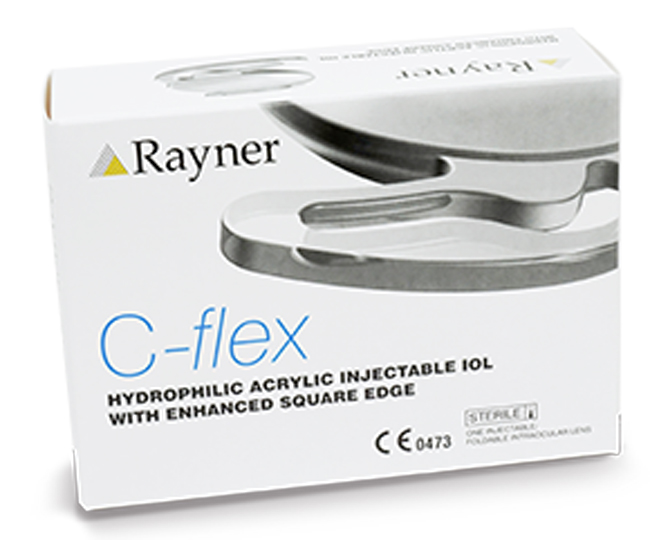Patient Reported Outcomes Indicate that the Rayner C-flex® Monofocal IOL is Associated with Low Levels of Dysphotopsia and High Satisfaction
Posted on 16/04/2015
Rayner’s C-flex® intraocular lens (IOL) is associated with a low incidence of dysphotopsia and a high degree of patient satisfaction with postoperative visual outcomes, according to the findings from a study by Ashokkumar Vyas, FRCS (Ophth), recently published in Clinical & Experimental Ophthalmology.
Whilst a previous study by Tester et al (2000) reported unwanted imagery in patients implanted with following lenses (materials):
- 32.5% - AcrySof® (hydrophobic),
- 24% - SI-40® (silicone) and
- 18% with polymethylmethacrylate (PMMA)1,
only 17% of patients who were implanted with the C-flex® (hydrophilic) IOL experienced unwanted imagery in the present study.
The findings demonstrate that the C-flex® IOL is associated with lower levels of unwanted imagery compared with other lenses previously evaluated in studies employing the same questionnaire-based approach.
Therefore, this case series shows that C-flex® IOL implantation is associated with only minimal dysphotopsia and results in highly-satisfactory visual outcomes.
References
1. Tester R, Pace NL, Samore M, Olson RJ (2000) Dysphotopsia in phakic and pseudophakic patients: incidence and relation to intraocular lens type. J Cataract Refract Surg 26: 810-816.
The full paper can be accessed here




